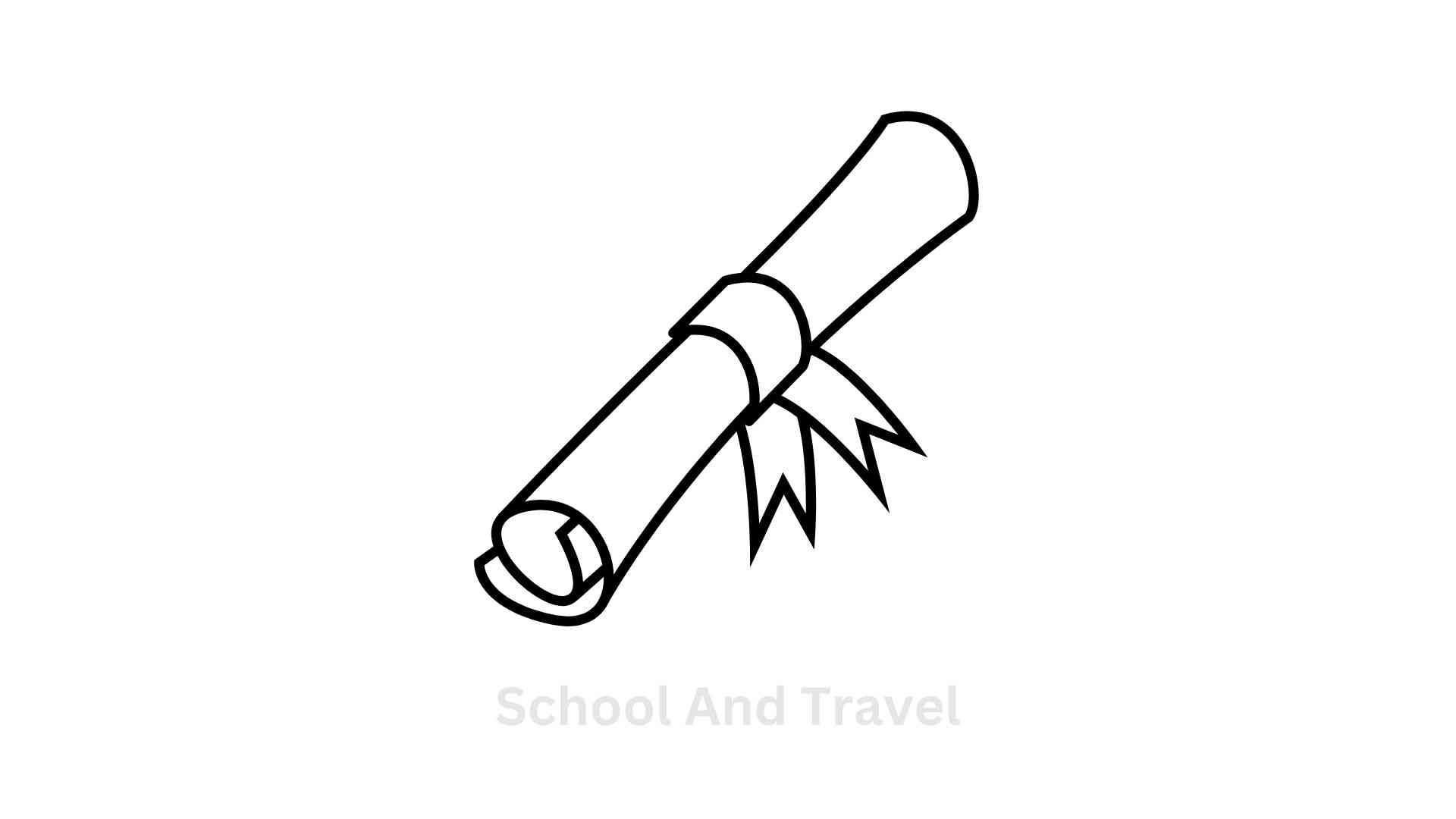Reform schools are alternatives to sending teenagers to adult prisons. Prisons and reform schools’ duties are performed in the same vein.
The only difference between the two is that prisons are for adults while reform schools are for juveniles.
However, these schools pay more attention to teenagers as they are most likely to change and be rehabilitated.
Some people may not be familiar with reform schools as they are not very popular compared to in the past and maybe known as different names, although they still exist.
If you are an individual curious about reform schools, it’s history, functions, facts, and the modern, then this article is for you.
What are Reform schools?
Reform schools (also known as reformatories) are alternatives to adult jails for young offenders who have broken the law and are ineligible for parole.
The goal of reform schools is to serve and act as rehabilitation centers for teenagers who have committed crimes before sending them to adult prisons if their sentence hasn’t ended.
Creating reform schools was a great idea, but as the world advanced and years passed, most of these schools retreated from their initial aim as many difficulties occurred, and when released, the individuals became worse than before.
These problems include sexual exploitation, molestation, bullying, and so on.
Reform schools became remarkably similar to adult prisons.
They could be called mini-adult prisons as most of the prisons’ problems appeared in reform schools.
History of Reform schools
The origin of reform schools is dated back to the 19th to the 20th century in America.
For the most part, reform schools were set up because American social reformers disapproved of the traditional techniques and tactics employed to deal with lawbreakers.
Another reason that these schools were created was the changes in the attitude of society.
Society evolved from killing all offenders, bringing retribution, to slavery, to punishment, and then to reforming all offenders.
Due to issues faced, In the United Kingdom, set up two schools namely industrial schools and reform schools.
Read more: Schooling vs. Education: What nobody tells You
Industrial schools served to prevent children from committing crimes, while reform schools served to rehabilitate juvenile offenders.
During the 19th century, more children began to roam the streets even though they were paid employment opportunities available for young people.
This caused the crime rate to increase greatly. Thus, the Parliament started to investigate and then changed the laws making it compulsory for children to attend industrial schools.
Due to the decision of the Parliament, both the industrial schools and reform schools received enough funding to operate.
But as time passed, the behavior of both schools became similar to correctional centres.
One of the passed laws was that children under the age of 14 were to be tried in a special court instead of an adult court.
As crimes and begging became rampant, it encouraged officials to send children to industrial schools, and juvenile offenders were sent to reform schools.
Most of the attendees of industrial schools were vulnerable children or children that were considered abandoned or neglected.
Modern Approach to Reform schools
Nowadays, the term “reform schools” may not be used anymore but refer to “Juvenile Correctional Centres.”
Even though these schools left behind their purpose, their aim was beneficial to society.
The present modern approach to Reform schools involves making it possible for most juveniles to attend these institutions from home.
The institutions have become a more organized version of the public school allowing the individuals to attend during the daytime.
Because each state, region, or country has its own laws, there are no common rules or legislation in place to handle the severity of the crimes that youngsters commit or to assist in sending the individual to a reform school.
Conclusion
Reform schools, although not as popular as before, still exist in numerous countries.
They can also help in the behavioral rehabilitation and reorganization of youths.
They also aid in enabling these juveniles to learn skills.
Moreover, plans to have a standard whereby these schools can be accepted worldwide have been underway.
Awesome one; I hope this article answered your question.
Share this Information.
Editor’s Recommendations:
- How to Create a Balanced Plate: The Key to Healthy Eating
- How to Start a Virtual Book Club with Friends
- The Top Credit Score Hacks Every Young Adult Should Know
- The Pros and Cons of Rental Property as a Passive Income Stream
- Enhancing Your Clinical Psychologist Job Prospects with Professional Help
- The Impact of Graphic Design School on Your Future Earnings Potential
- 7+ College Scholarships for Muslim Students (FAQs)
- Flavor of the Month Scholarship 2024 (Requirements, FAQs)
- Vegetarian Scholarship (Requirement, Deadline, FAQs) | 2025
- John and Abigail Adams Scholarship 2022-2024 (Eligibility, Deadline)




